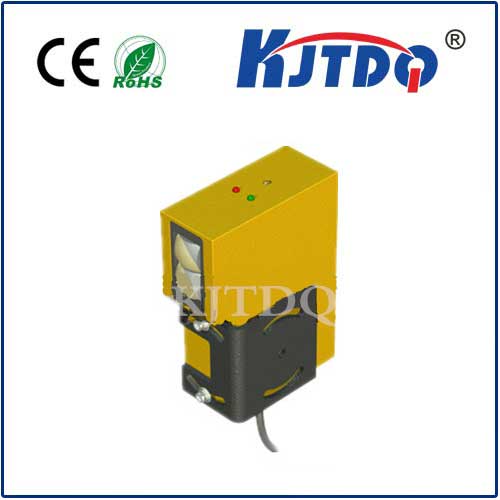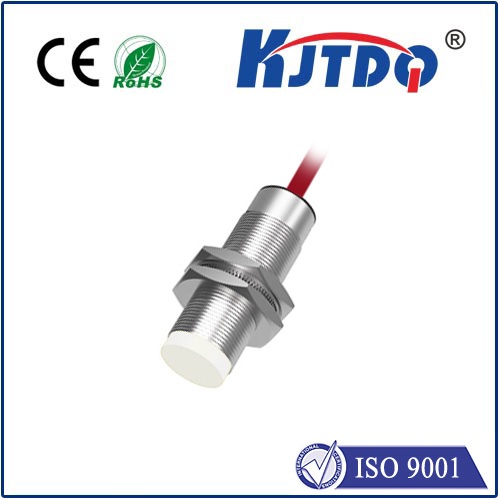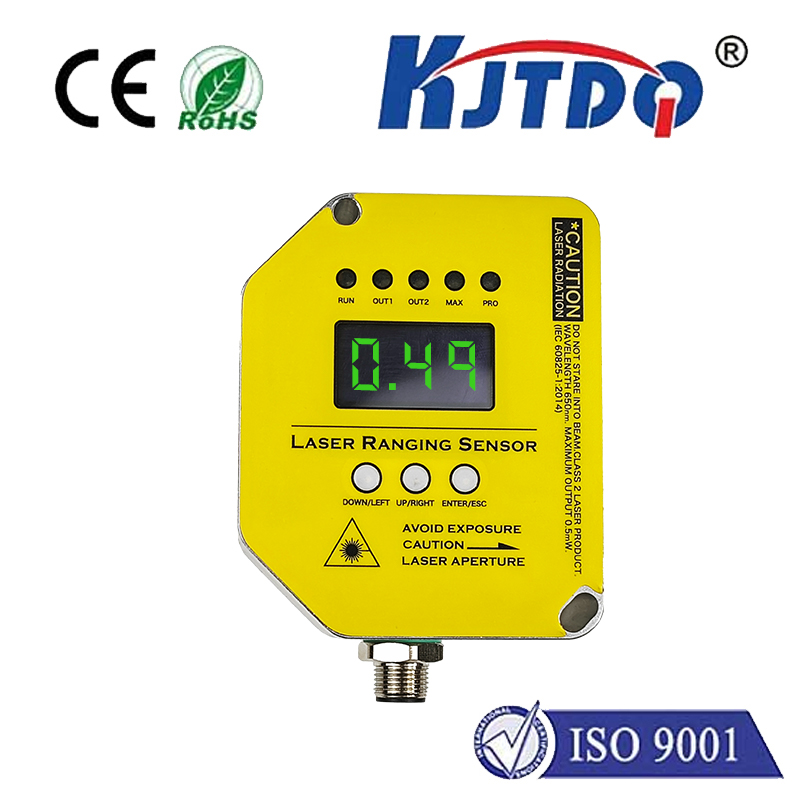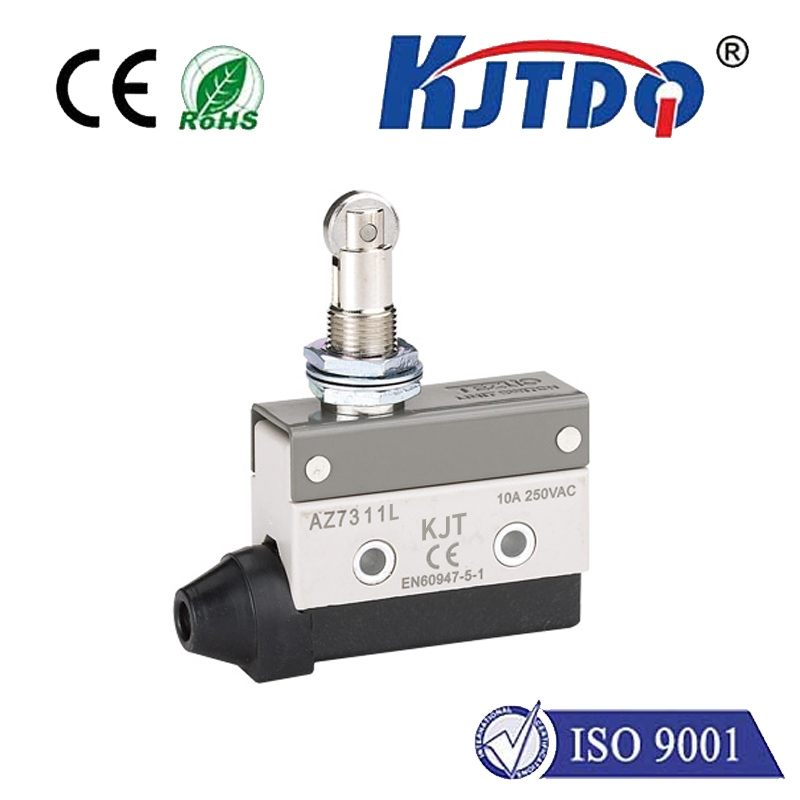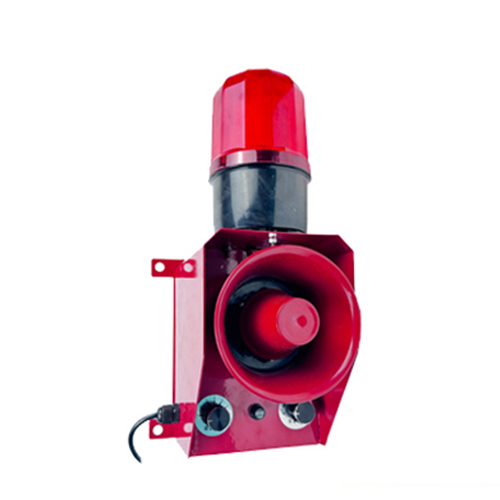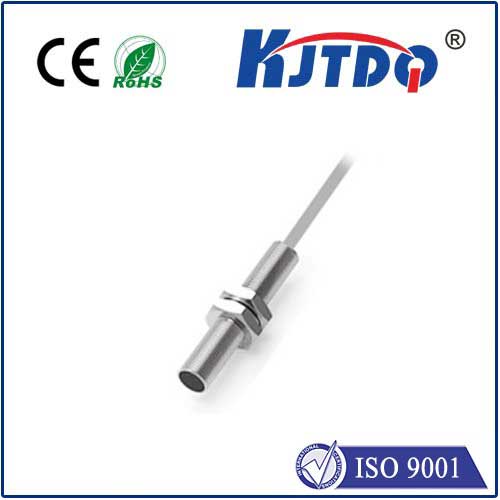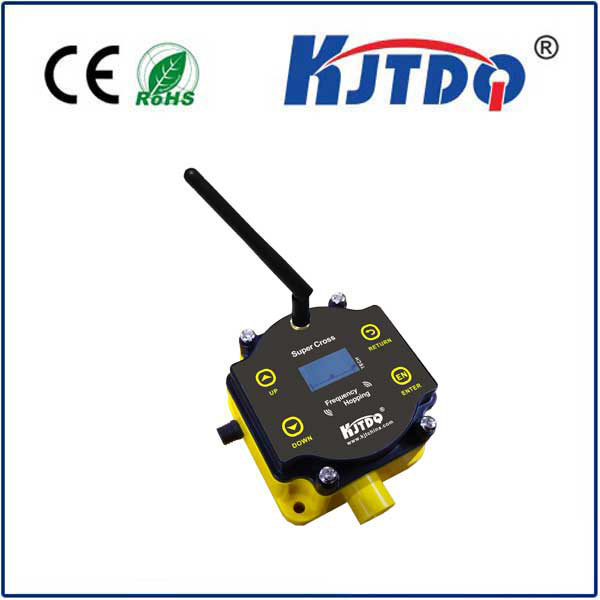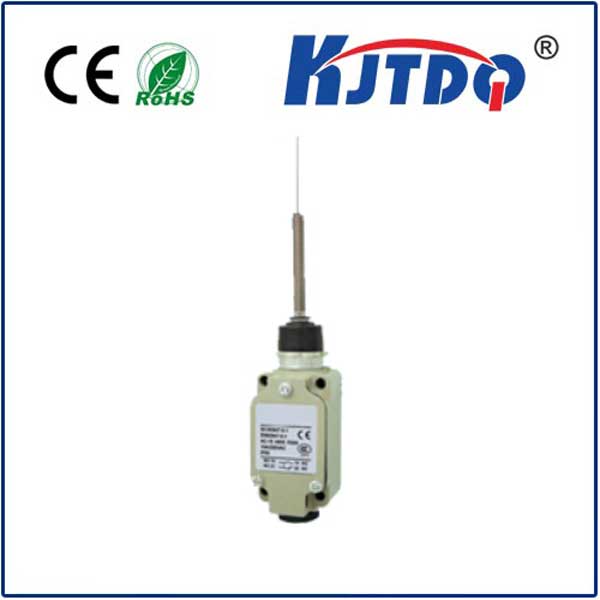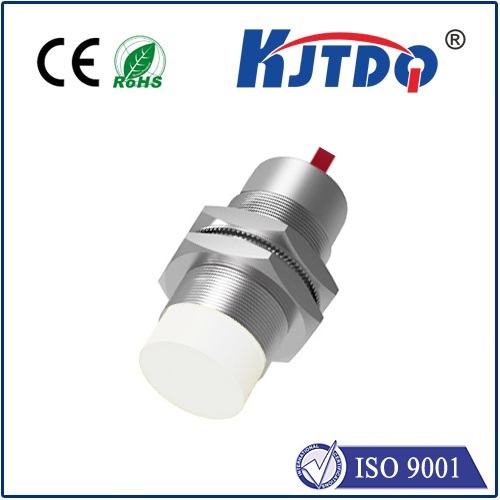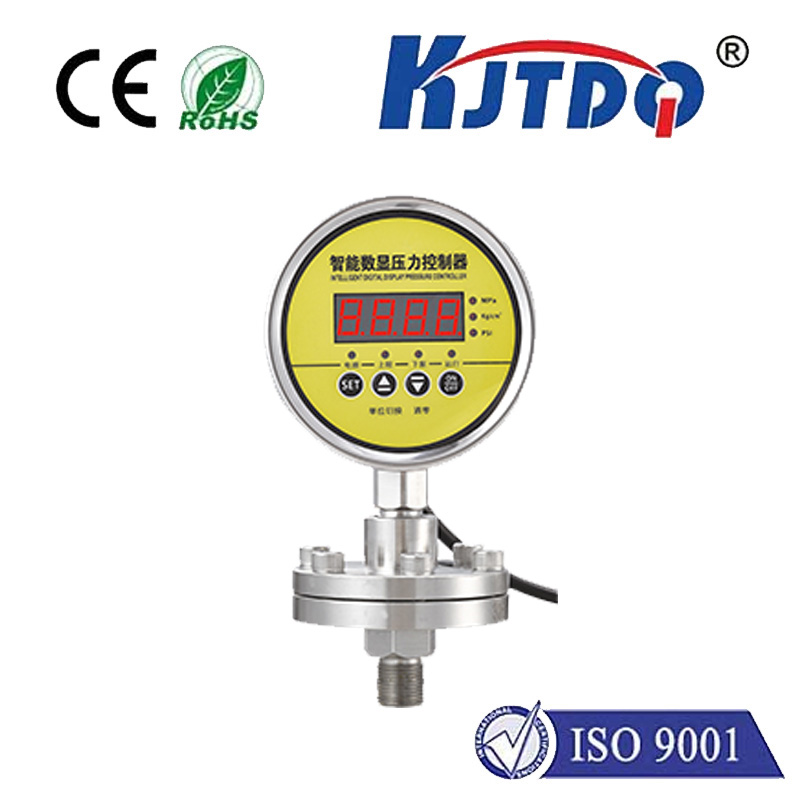BES03JM high pressure proximity sensor
- time:2025-10-01 06:59:50
- Click:0
BES03JM High Pressure Proximity Sensor: Engineered for Resilience in Demanding Environments
Imagine a critical hydraulic system deep within a manufacturing plant, operating under immense pressures where standard sensors falter. A sudden failure could mean catastrophic downtime, safety hazards, and significant financial loss. In such unforgiving scenarios, ordinary proximity sensors simply aren’t built to withstand the extreme forces at play. This is precisely where specialized equipment like the BES03JM High Pressure Proximity Sensor steps in as a vital guardian of reliability and precision. Designed to thrive where others struggle, this sensor represents a key solution for industries pushing the boundaries of pressure and performance.
Understanding the Core Challenge: Proximity Sensing Under Pressure
A proximity sensor detects the presence or absence of an object (its “target”) without physical contact, typically using electromagnetic fields (inductive), sound (ultrasonic), or light (photoelectric). In standard industrial environments, these sensors perform admirably. However, introducing high pressure drastically changes the game. Elevated pressure environments, common in:
- Hydraulic Systems: Powering heavy machinery, presses, cylinders, and actuators.
- Pneumatic Systems: Operating tools, valves, and controls at high air pressures.
- Oil & Gas: Downhole equipment, wellhead controls, pipeline monitoring.
- High-Pressure Manufacturing: Injection molding, die casting, forging.
- Test and Measurement: Pressure vessels, material testing rigs.
… place immense stress on sensor components. Standard housings can deform or allow pressure ingress, damaging sensitive electronics. Seals can fail, resulting in leaks or compromised performance. Internal components might shift or become unreliable under the constant strain. Reliable proximity sensing in these conditions demands a sensor specifically engineered for resilience.

Introducing the BES03JM: A Robust Solution
The BES03JM is an inductive proximity sensor explicitly designed to meet the rigorous demands of high-pressure applications. Its core mission is to deliver unwavering detection capabilities while enduring the physical stresses that would cripple lesser sensors. Let’s delve into the features that enable this:
- Exceptional Pressure Tolerance: This is the defining characteristic. Unlike standard inductive sensors rated for atmospheric pressure or minimal overpressure, the BES03JM is constructed to withstand significantly higher internal and external pressure differentials. Its robust stainless-steel housing (typically V4A/AISI 316) and specialized sealing technologies prevent pressure ingress, protecting the sensitive internal electronics. This ensures stable operation and long-term integrity even when submerged in high-pressure hydraulic fluid or subjected to high-pressure air/gas environments.
- Superior Mechanical Strength: The housing material isn’t just for corrosion resistance; it provides exceptional mechanical stability. This prevents deformation under high pressure, maintaining precise sensing characteristics and protecting the internal coil and electronics.
- High Protection Rating (IP68/IP69K): Beyond pressure, the BES03JM excels in harsh environments. Its sealing ensures resistance against dust ingress (IP6X) and, crucially, against high-pressure, high-temperature water jets (IP69K). This makes it suitable for washdown areas common in food processing, chemical plants, or demanding outdoor applications, in addition to its core high-pressure role.
- Reliable Inductive Sensing: Utilizing the proven principle of inducing eddy currents in metallic targets, the BES03JM offers non-contact detection of ferrous and non-ferrous metals. Key operational features include:
- Defined Sensing Range: Precise detection distances, unaffected by pressure fluctuations once the sensor is rated for the environment.
- High Switching Frequency: Capable of detecting fast-moving targets reliably.
- Robust Output: Typically features a PNP normally open (NO) solid-state output, providing a dependable signal to PLCs or control systems. Short-circuit and reverse polarity protection are often standard, enhancing system resilience.
- Advanced Functionality: Modern iterations of sensors like the BES03JM often include intelligent features:
- One-Teach Functionality: Simplifies mounting and setup, especially in confined or hard-to-reach spaces under pressure.
- Flexible Operating Voltage: Compatibility with common industrial DC voltage ranges (e.g., 10-30V DC) ensures easy integration.
- Status Indication (LED): Provides clear visual feedback on power and switching state, aiding troubleshooting.
- Overvoltage Protection (OTP Memory): Protects the sensor’s configuration settings from voltage spikes, ensuring longevity and reliability.
Where the BES03JM Proves Indispensable: Key Applications
The unique combination of high-pressure resistance and reliable inductive sensing opens doors to numerous demanding applications:
- Hydraulic Cylinder Position Feedback: Accurately detecting piston rod position within high-pressure hydraulic cylinders is critical for control. The BES03JM provides reliable signals directly in the pressurized cylinder environment, eliminating the need for complex external linkages susceptible to failure.
- Valve Position Monitoring: Confirming the open/closed status of high-pressure valves (hydraulic, pneumatic, or process) in real-time for system control and safety.
- High-Pressure Pump and Compressor Monitoring: Detecting component position, speed, or presence for operational control, fault detection, and predictive maintenance within pressurized systems.
- Press and Molding Machinery: Monitoring tool positions, clamping force indicators, or safety guards on machines operating under extreme hydraulic or pneumatic pressures. Reliable sensing here is paramount for both process accuracy and operator safety.
- Subsea and Offshore Equipment: While requiring additional certifications for such depths, the core pressure resistance principle applies to sensors used in deep-water applications where hydrostatic pressure is immense.
- Material Testing Rigs: Providing precise position feedback within pressurized chambers used for testing material strength and durability.
- High-Pressure Fluid Power Systems: General position and presence detection tasks within any circuit operating at elevated pressures.
Implementing and Maintaining the BES03JM
While incredibly robust, maximizing the performance and lifespan of your BES03JM sensors requires attention:
- Selecting the Correct Model: Ensure the sensor’s specified pressure rating exceeds the maximum expected pressure in your application, including potential pressure spikes. Verify the required sensing range, output type (PNP NO is common), electrical connection (cable or connector), and size (e.g., M12 x 1 or M18 x 1 threaded barrel).
- Proper Mounting: Follow manufacturer guidelines meticulously. Use the correct torque specifications to ensure a secure fit without damaging the housing or compromising the seals. Ensure the target approaches the sensing face correctly within the specified sensing range.
- Electrical Connection: Adhere strictly to the wiring diagram. Ensure clean power supply with adequate protection (fuses). Avoid running sensor cables parallel to high-power cables to minimize electrical interference.
- Environmental Considerations: While resistant to high pressure, water jets, and many chemicals, verify compatibility with specific fluids or cleaning agents if direct exposure is expected. Protect connectors from physical damage.
The Critical Advantage: Reliability Under Pressure
In essence, the BES03JM High Pressure Proximity Sensor is an investment in operational stability and safety. Choosing a sensor specifically engineered for high-pressure environments eliminates a critical point of failure. Its robust construction, reliable inductive sensing technology, and high ingress protection deliver consistent performance where standard sensors would rapidly degrade or fail. Whether it’s ensuring precise control in a hydraulic press, guaranteeing valve position in a gas line, or enabling feedback in deep-sea machinery, the BES






